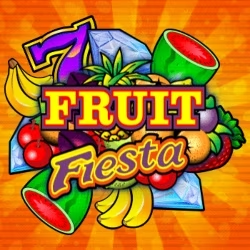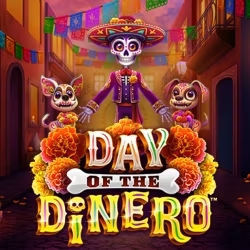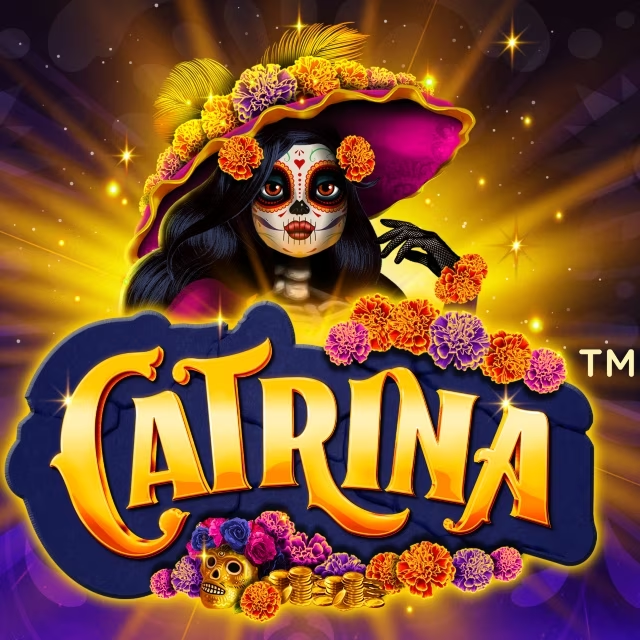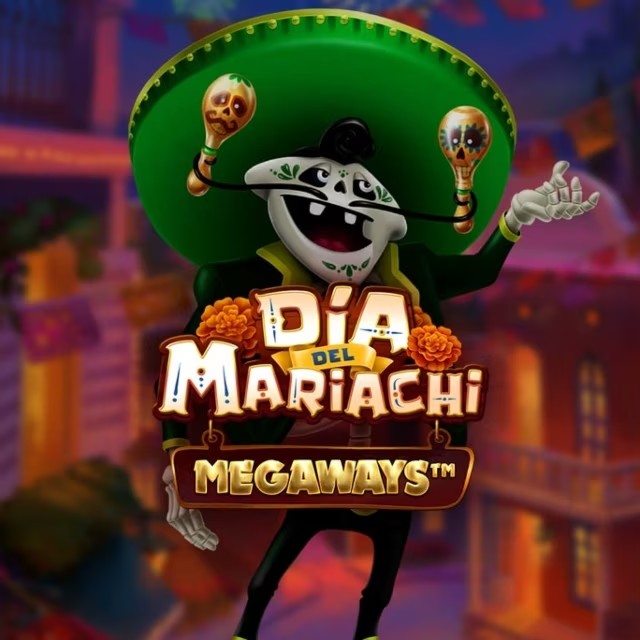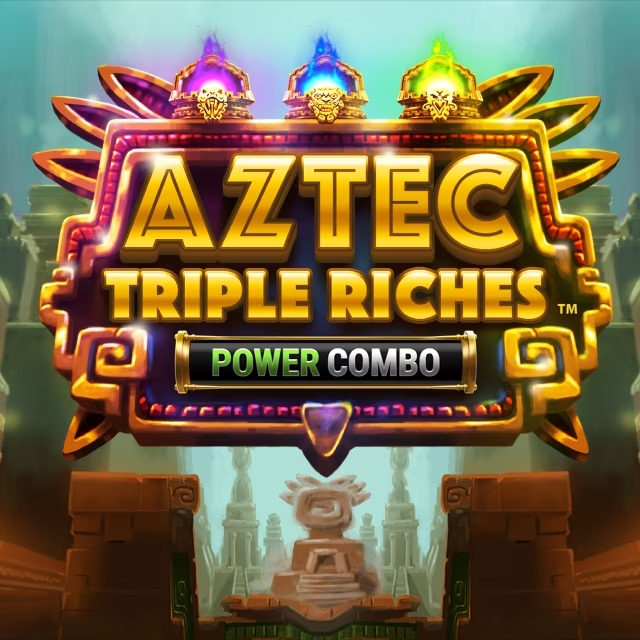Welcome To The Best Mobile Casino And Our Great Casino Games
You can zip through all the word games in your Android app store or punch through all the candy blocks on your candy games, but where is the payout for all your time?
Spice up your gaming world and try to make some extra cash with the mobile casino from Spin Casino MX! We make it easy to access a world of casino online games on any mobile device. All you need to do is bring up our site in your browser, sign in, and start playing.
With Spin Casino, you get quality with every play. Virtual-realistic graphics and audio, secure processing, and support for responsible playing. You also have total access to an exceptional variety of mobile casino games, from online slots to blackjack. Play for practice or for real money – you’re in control of your fun!


The Most Popular Mobile Casino Games Are Just a Swipe Away
When you reach for your Android or iOS device, it’s like you’re walking into your favorite live casino, where everything is how you like it, and the staff know your name. Whether your game of choice features reels, cards, wheels, dice, or lucky numbers, we have the games and opportunities for you to possibly win big and have fun doing it.
As you scan our mobile casino options, you’ll find mobile slots to tantalize your inner reel-spinner. Discover adventure and fun within each classic 3-wheel, feature-advanced video, progressive slot, and spin-to-win option available. If you’re more of a table or card game aficionado, check out our mobile blackjack or mobile roulette games that simulate real, live gaming environments. A world of amusement awaits you.
Trustworthy Online Casino Services You Can Count On
At Spin Casino, we pride ourselves on offering online gambling services that are 100% quality and secure. We are licensed and regulated, ensuring an online gaming experience that is seamless and spirited. From making a deposit to getting your tech frequently asked questions answered, we are here for you to provide the most error-free gaming environment possible.
When it comes to depositing or withdrawing money, your funds and bank information are top-secret safe with us. We accept a wide variety of credit cards, e-wallets, and other payment methods. All transactions are encrypted using the latest in 128-bit SSL technology, making sure that your deposits and withdrawals stay safe and discrete from hackers and identity theft. We also provide customer service, answering your casino FAQ via live chat or email when you need us the most.
Responsible Gaming Keeps You Winning at Life
We offer a safe, responsible gaming atmosphere to inspire fun and stability while playing our online casino games. Along with the security we offer through banking and rewarding bonus opportunities, we emphasize responsible real-money gaming. Gambling your money is a business we take seriously. If you sense you may have a problem, or if gambling just isn’t as fun as it used to be, we provide a variety of tools to help you play in a way that’s healthy for your mind and bank account.
These tools include self-excluded blocking or breaks from our website and cooling off periods. We also provide responsible gaming tests to help determine if you do a have a problem. You can even set limits on your deposits or losses. We also have contact information from several organizations that can help if gambling gets out of hand.
We care about you and your experiences with Spin Online Casino Mexico! For the most fun and support you can get on the web, our mobile casino has it all.



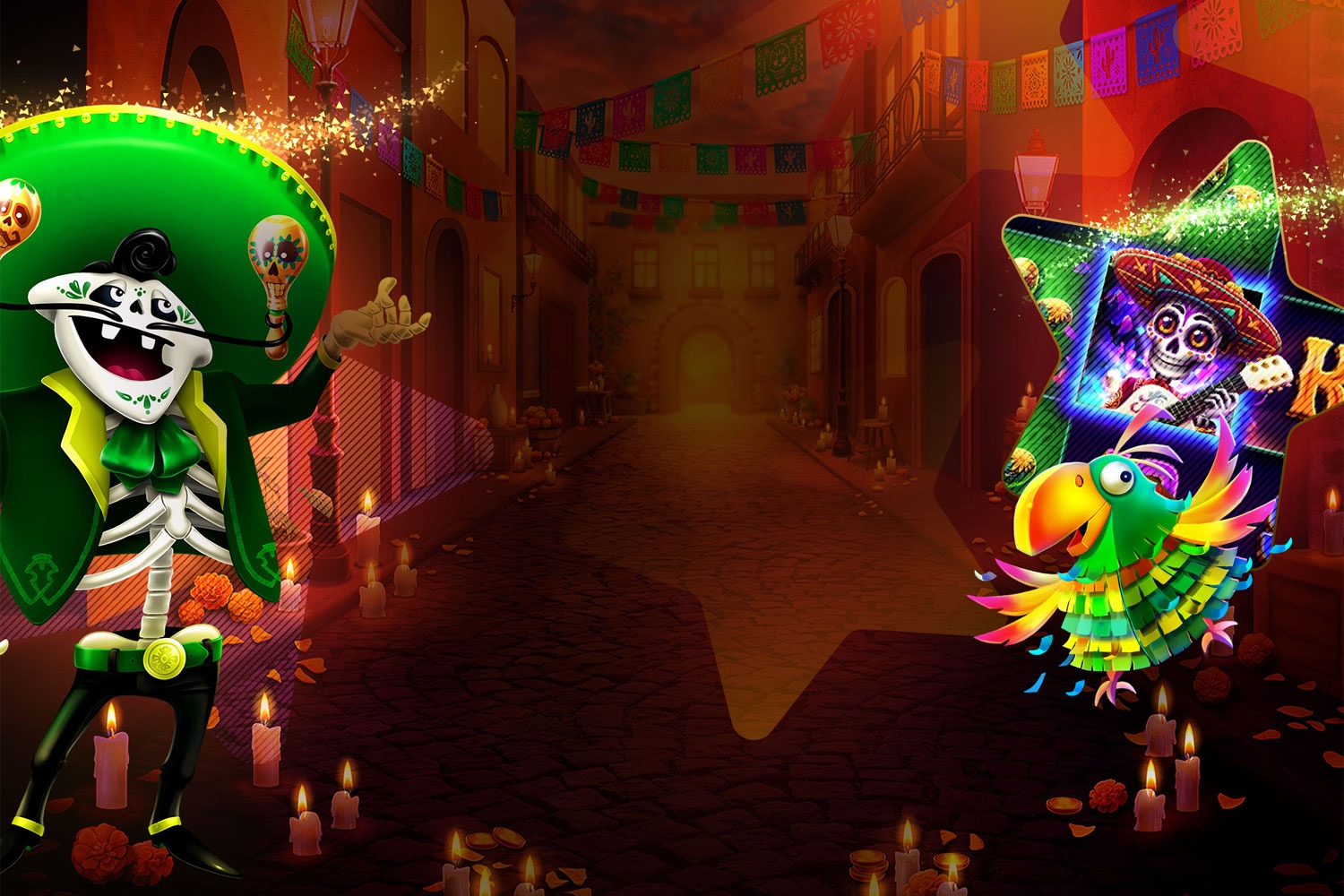


 Login
Login  Register
Register 
